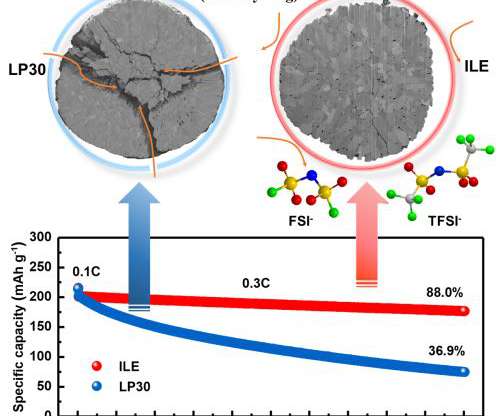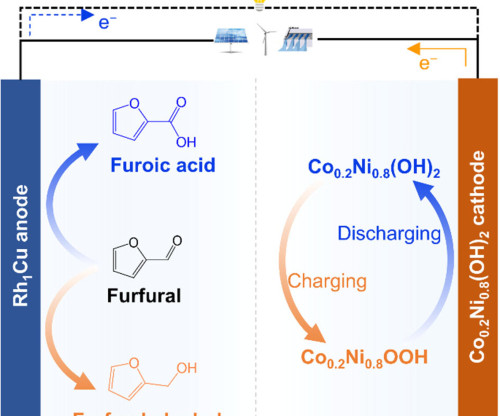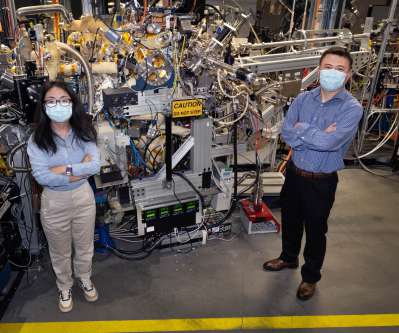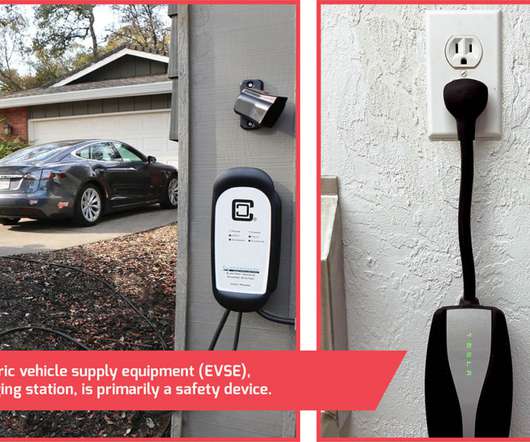PNNL: single-crystal nickel-rich cathode holds promise for next-generation Li-ion batteries
Green Car Congress
DECEMBER 11, 2020
High-energy nickel (Ni)–rich cathode will play a key role in advanced lithium (Li)–ion batteries, but it suffers from moisture sensitivity, side reactions, and gas generation. We observe reversible planar gliding and microcracking along the (003) plane in a single-crystalline Ni-rich cathode. —Bi et al.





















Let's personalize your content